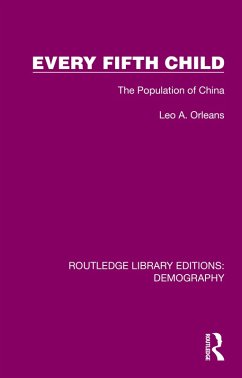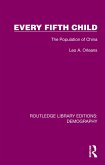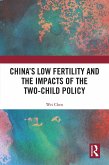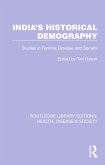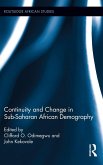Originally published in 1972, this book illustrates why China's population problems are complex. It discusses at an introductory level 20th Century phenomena such as the decline in China's death rate as a result of improved public health and medicine and the possible effects of density pressure on migration, on China's ethnic minorities and on foreign policy. It examines these issues in areas where policy and daily life cross-over: education, farming, manufacturing output in a country that faces huge challenges of urbanization, technological education and manpower.
Dieser Download kann aus rechtlichen Gründen nur mit Rechnungsadresse in A, B, BG, CY, CZ, D, DK, EW, E, FIN, F, GR, HR, H, IRL, I, LT, L, LR, M, NL, PL, P, R, S, SLO, SK ausgeliefert werden.

